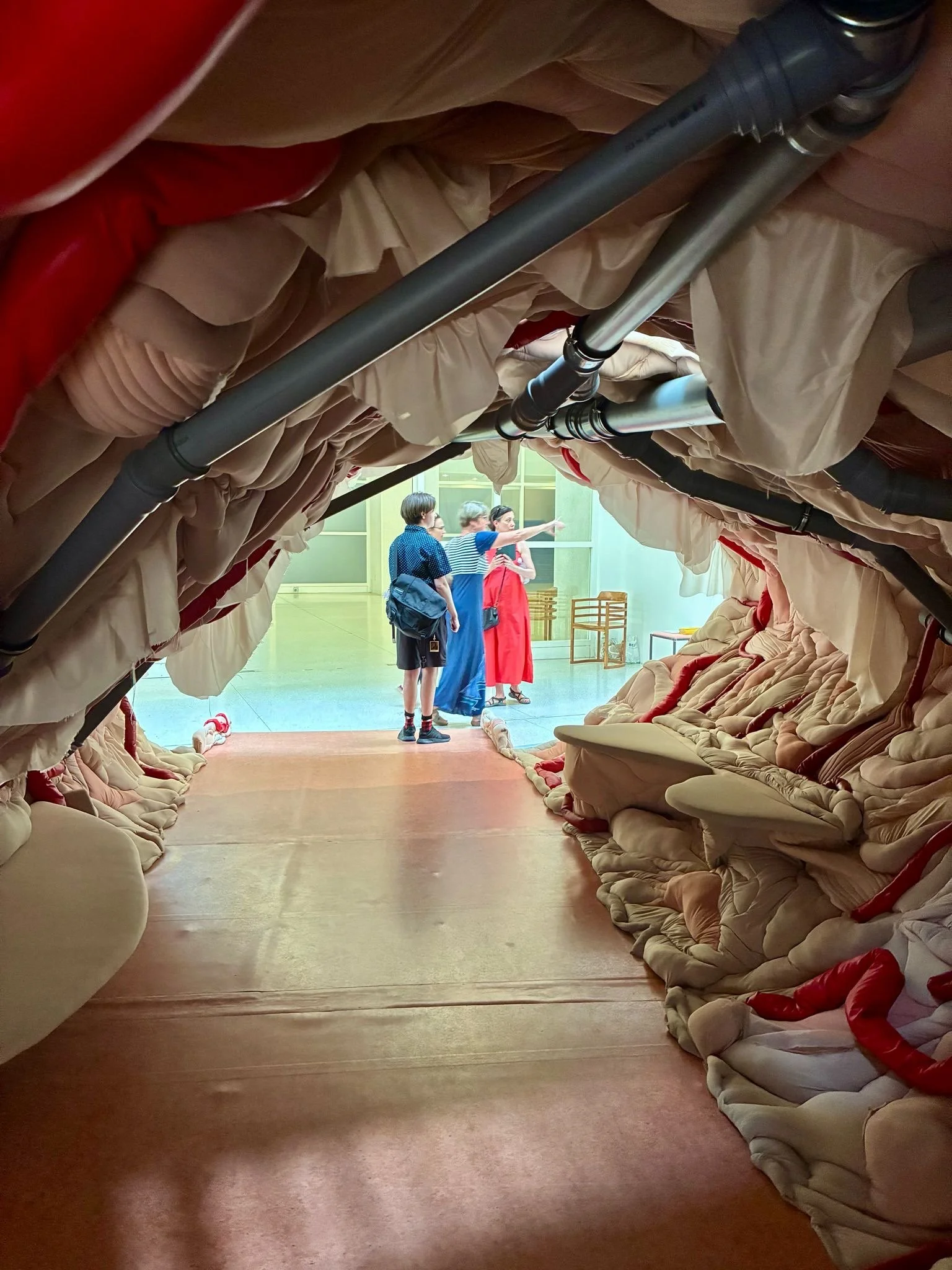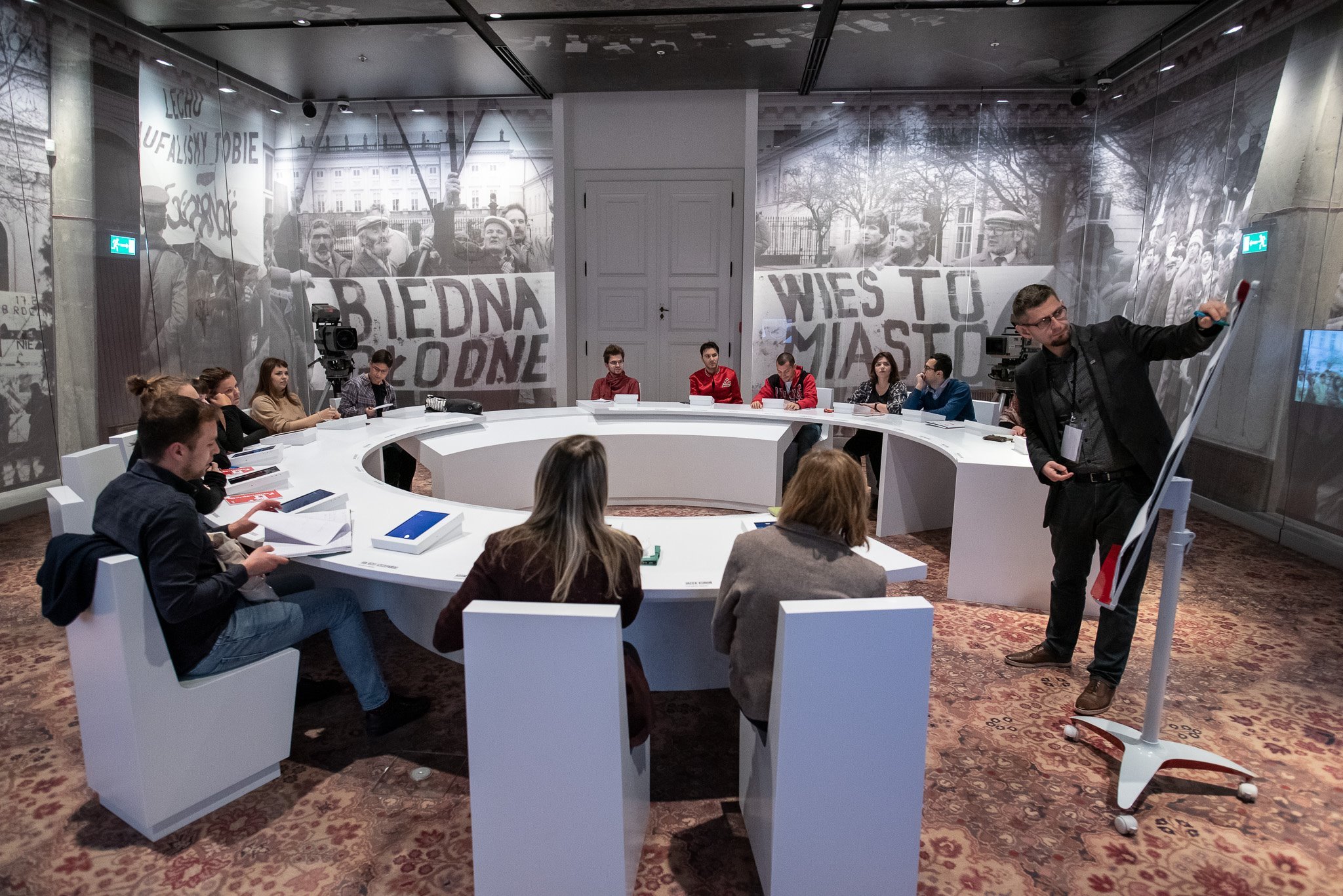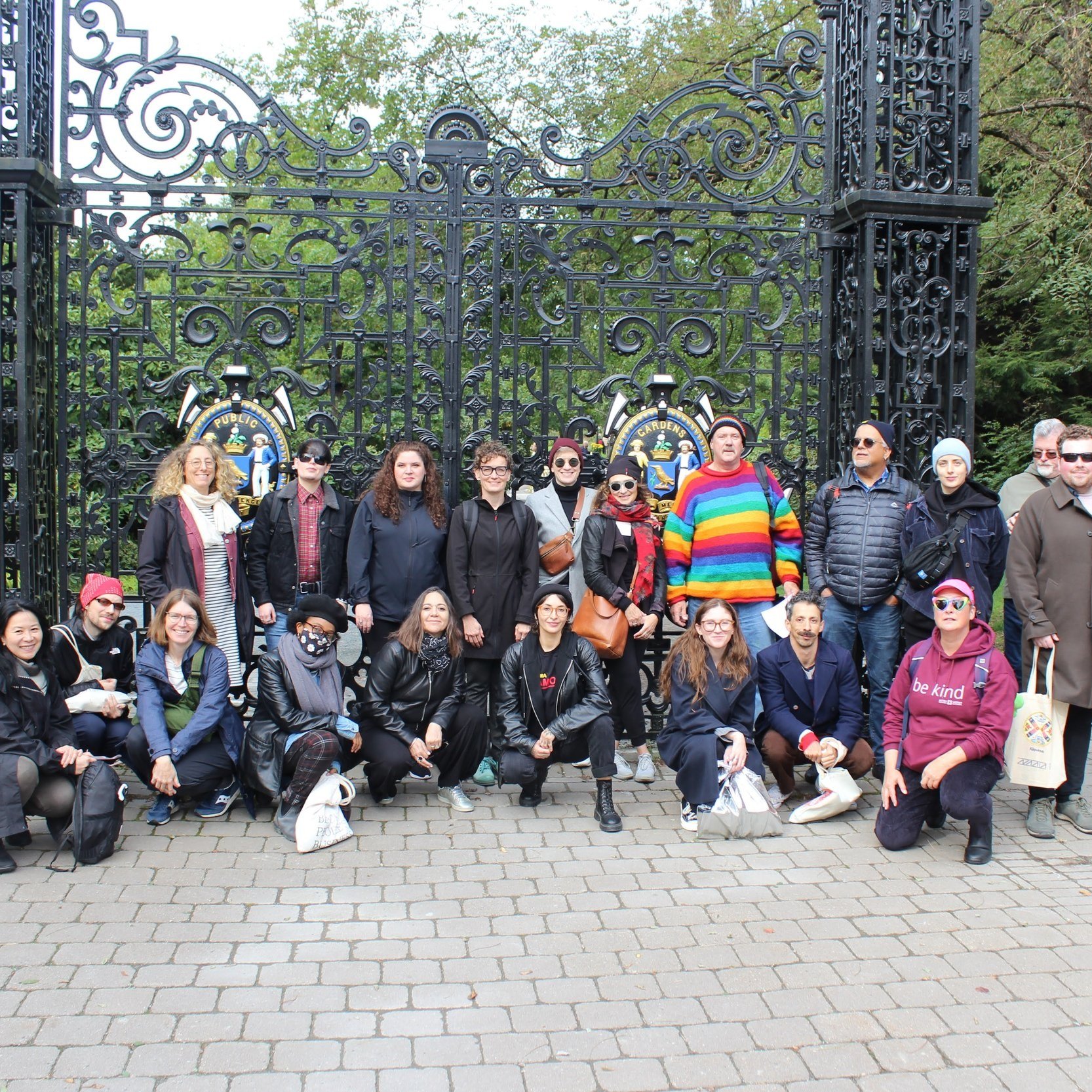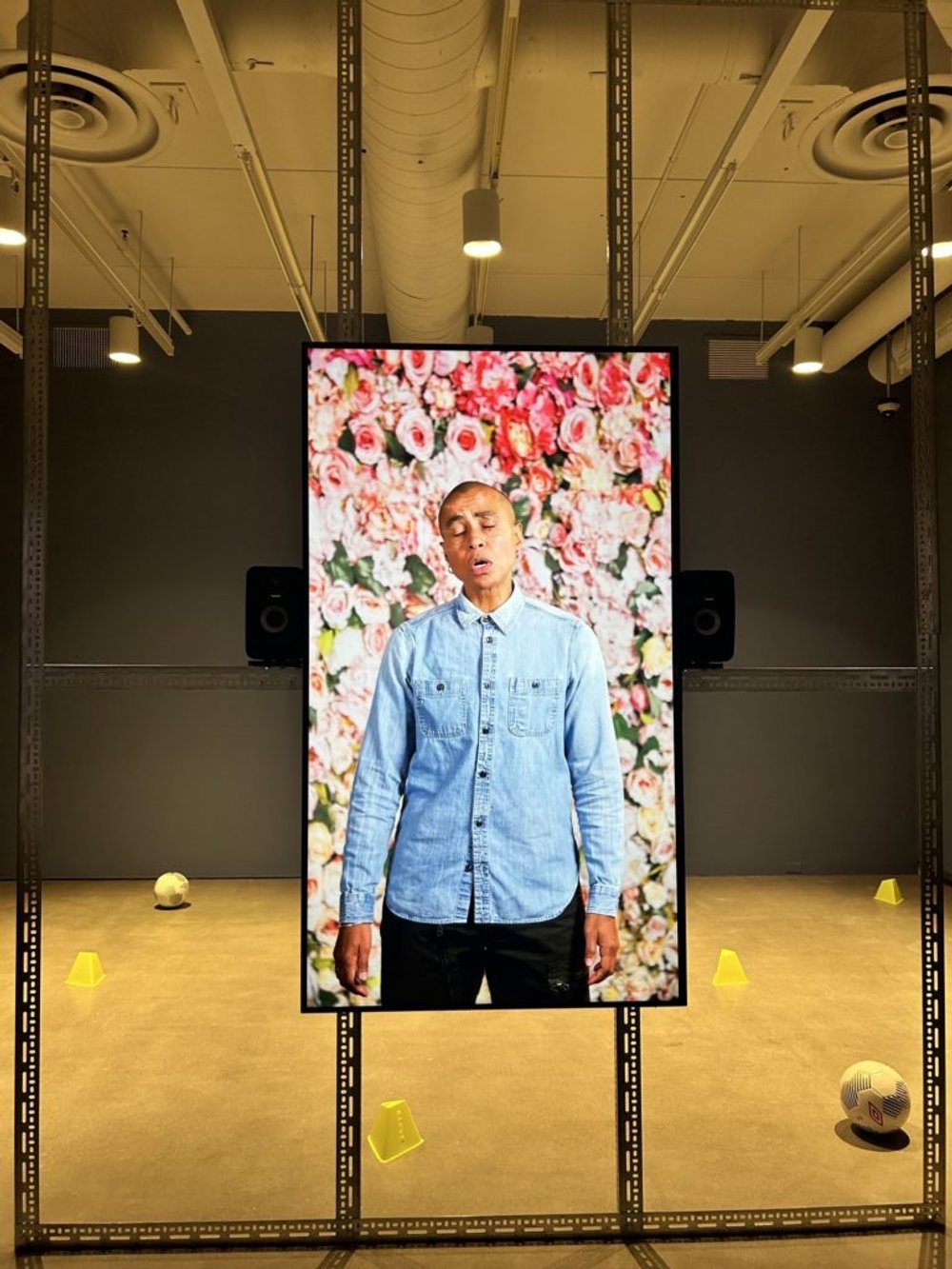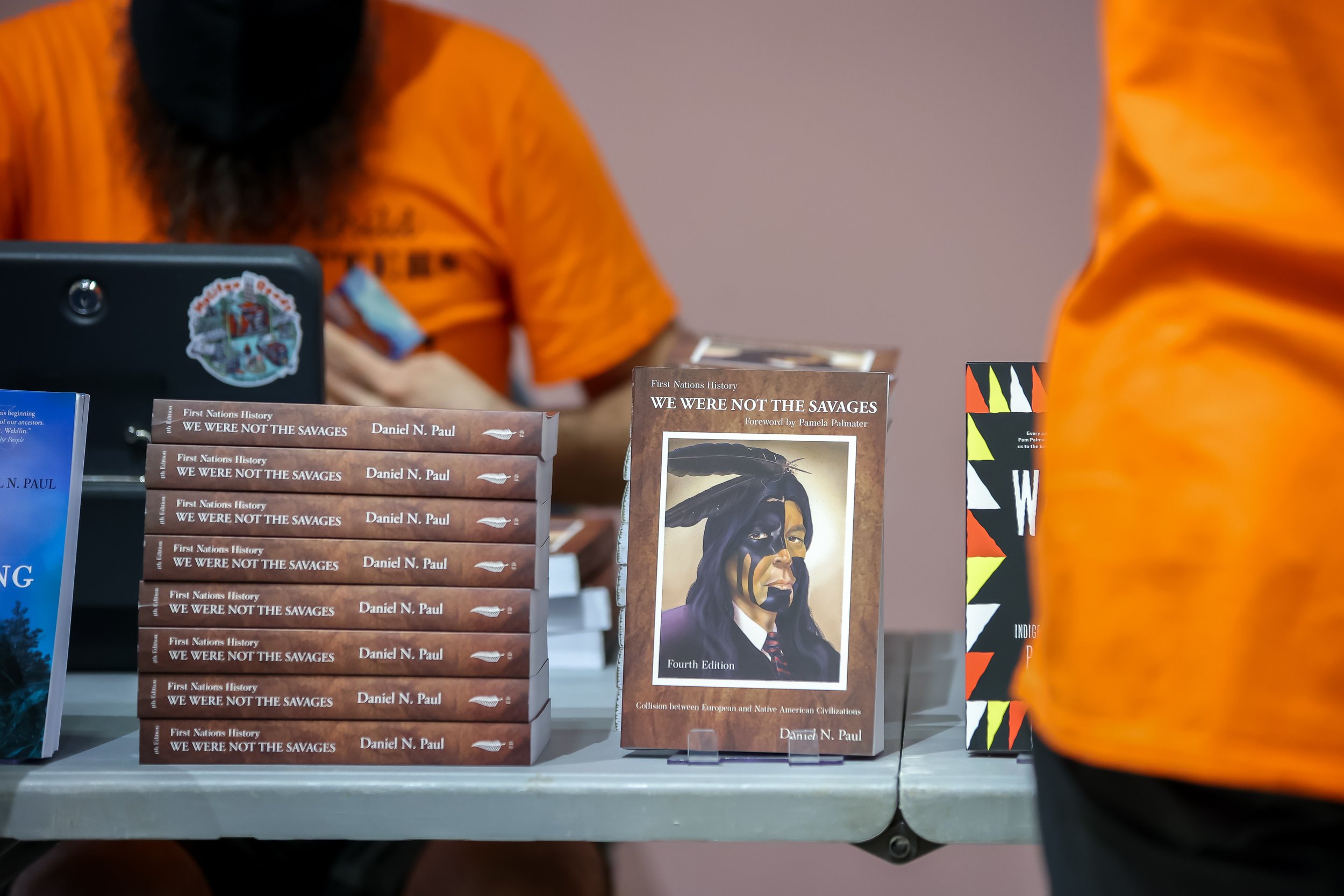Searching for Black Queer Manitoban Lives in the National Archives for Queer and Trans People: Visible to Some but Invisible to Many
BY MAHLET CUFF (Research Assistant - Museum Queeries Cluster)
Looking through photographs from the national ArQuives (previously the Canadian Lesbian and Gay Archives) located in Toronto, I found images of gay liberation marches in Winnipeg from the 70s, 80s and 90s. They made Winnipeg’s Queer community seem large. It was apparent that people came out in numbers to fight for their rights with organizations such as the “Winnipeg Lesbian Society.” Notably, however, not one Black person is visible in these photographs.
I have been fortunate over the years to make family-like connections with Black people in Toronto who assure me that as big as Toronto is (in comparison with Winnipeg, for instance), there are problems of representation and visibility here too, specifically regarding anti-Blackness, erasure, tokenization, and appropriation. In the context of archives, this erasure is obvious especially for Toronto’s Black Queer and Trans community. In Syrus Marcus Ware’s article “Power to all People; Black LGBTTI2QQ, Activism, Remembrance and archiving in Toronto '' he points out that archives have not always included or facilitated the contribution of Black Queer and Trans narratives. Ware states:
“Historical and grassroots queer archives often don’t do a good job at actively participating in the documentation and preservation of the artifacts, stories, and materials of Black and African diasporic cultural production and activism despite a stated desire by community members to have their work be part of a visible archive. This erasure is part of a larger conceptualization of the Black queer subject as a new entity whose history is built upon an already-existing white LgBtti2QQ space and history. ”
The systemic erasure in archival research creates the false impression that the lives of Black and Queer Trans people are not worth documenting, fostering a continued ignorance about Black, Queer, and Trans individuals in both the present and future. The acknowledgement of these histories is not only necessary but the action of recording and seeking out these stories is what makes for productive change within the archive. Black Queer history in Toronto is recorded and documented because of the work of people like Ware.
When I visited the ArQuives in Toronto last September, I was disappointed but not surprised that they did not have any specifically Black prairie archival materials for me to look through. A small part of me thought “maybe they had documents from QPOC Winnipeg (2012), just maybe.” But they did not. In addition to the absence of materials from Manitoba, there was not any documentation of Black Queer and Trans people from Alberta or Saskatchewan. The only documentation I had seen of Black people was an ad for Janet Jackson’s 2004 album Damita Jo in a Saskatoon pride guide (2004) and an ad in a Calgary pride guide for AIDS awareness that reads “Be good in bed” where a Black hand is holding the hand of a presumed white person.
The erasure of Black queer identity is a longstanding problem within 2SLGBTQ+ communities. Representation in archives, museums, and other spaces have been and continue to be overwhelmingly white. In the aftermath of protests for George Floyd, Breonna Taylor, and Tony McDade, there was consciousness raising amongst communities globally about the ongoing violence that is present within the Black experience. I thought that this would increase urgency to unearth the histories of Black Queer and Trans people while they are here and alive, especially within the archives where erasure is constantly taking place.
According to their acquisition policy, the ArQuives takes in items such as personal and organizational records, books, periodicals, newspapers, photographic materials, audio/visual materials (film, videos, DVDs, audiotapes, LPs, 45s, CDs etc.), press clippings, broadsides, posters, flyers, artifacts, artwork, microform (film and fiche), and digital media (in any file format). Because of their limited resources and capacity, the ArQuives has not yet been able to secure donations of material specifically related to Black Queer and Trans prairie communities. They have, however, been able to expand their collection of materials related to Black Queer people in Toronto, bridging relationships with Black Queer people in Toronto through exhibitions, programming, and collecting items from Black Queer and Trans community members.
The hierarchal power structures that exist within archives need to be addressed for these archival spaces to be inclusive. For example, the current board president of the ArQuives is Jamaican Queer artist Courtney MacFarlane who was previously involved in programming events in 2018 such as “Promiscuous Archiving: The Joys of Curating Queer Black Legacies.” MacFarlane is in dialogue with Black Queer artists to make sure that their legacies live on to the present day and into the future. The strides that have been taken to mend this disconnect at the ArQuives is also noticeably clear through having archival materials such as A Black Queer Youth Information Card, which was an initiative at Toronto’s Sherbourne Health Centre, as well as recent programming by Abdi Osman who is a Black Queer video artist based in Toronto, that highlighted histories of Queer cruising from a local Black Queer perspective.
It is crucial to continue filling the gaps here. Relationships between the ArQuives and communities are continuing to be built. When trust is not at the foundation of the relationship between the archive and the community members, the gap becomes wider. A trustworthy bond that is reciprocal is necessary for Queer and Trans Black communities to feel as though they are not being removed from history. Syrus Marcus Ware has extensively investigated the ways the Black Queer and Trans lives have been erased in Toronto because trust was broken or absent. Trust is a bond that takes time and does not need to be rushed so that stories are taken in with care and consideration. An archive is meant to be active and alive for many years to come and people entering the archive must be brought into that space with the same expectations: to have their stories be present, cherished, and held so they can live on.
Works Cited
"Black Queer Youth Information Card." ArQuives, https://arquives.ca/curriculum/black-queer-youth-information-card. Accessed. June 26 2024
Butler, Shelley Ruth, and Erica Lehrer, editors. Curatorial Dreams: Critics Imagine Exhibitions. McGill-Queen’s University Press, 2016. JSTOR, http://www.jstor.org/stable/j.ctt1c6v9k8. Accessed 26 June 2024.
Cabel, Ethan. “Gio Loses After a Decade Downtown.” The Uniter, 2013. Accessed June 28 2024
De Bruin, Tabitha. “Black Canadian.” The Canadian Encyclopedia, 27 July 2021, https://www.thecanadianencyclopedia.ca/en/article/black-canadians. Accessed June 28 2024
Jedwab, Jack. “Multiculturalism.” The Canadian Encyclopedia, 20 Mar. 2020, https://www.thecanadianencyclopedia.ca/en/article/multiculturalism. Accessed June 28 2024
MacArthur Foundation. “Fellows Class of 2019: Saidiya Hartman.” 2019, https://www.macfound.org/fellows/class-of-2019/saidiya-hartman. Accessed July 20th 2024
Maynard, Robyn. “Over Policing in Black Communities Is a Canadian Crisis Too.” The Washington Post, 24 Apr. 2018, https://www.washingtonpost.com/news/global-opinions/wp/2018/04/24/over-policing-in-black-communities-is-a-canadian-crisis-too/. Accessed July 20 2024
Mayr, Suzette. “Finding Black Queer Life Between the Lines of History.” The Literary Hub, 1 Nov. 2022, https://lithub.com/finding-black-queer-life-between-the-lines-of-history/. Accessed July 20 2024
Muñoz, José Esteban. “Gesture, Ephemera, Queer Feeling.” Cruising Utopia, New York University Press, 2009, pp. 65. Accessed July 20 2024
Osman Abdi, Christopher Smith Jorial. "Panel: Shadowboxing." ArQuives, https://arquives.ca/program/panel-shadowboxing-artist-abdi-osman-jorial-christopher-smith. Accessed July 20 2024
Oyeniran, Channon. “Black History in Canada: 1960 to Present.” The Canadian Encyclopedia, 20 July 2021, Historica Canada, www.thecanadianencyclopedia.ca/en/article/black-history-in-canada-1960-to-present. Accessed July 21 2024
Paradkar, Shree. “Humiliation and Isolation: Black Professor at York University Alleges Racism and Harassment.” The Toronto Star, 20 Feb. 2020, https://www.thestar.com/opinion/humiliation-and-isolation-black-professor-at-york-university-alleges-racism-and-harassment/article_b38ff7b7-9f23-559f-a577-d7460a67d2ca.html. Accessed July 21 2024
"The Canadian Encyclopedia." Immigration Policy. n.d., https://www.thecanadianencyclopedia.ca/en/article/immigration-policy. Accessed July 21 2024
"The Canadian Encyclopedia." Black Canadians. n.d., https://www.thecanadianencyclopedia.ca/en/article/black-canadians. Accessed July 21 2024
"The Canadian Encyclopedia." Canadian Multiculturalism Act. n.d., https://www.thecanadianencyclopedia.ca/en/article/canadian-multiculturalism-act. Accessed July 2024



